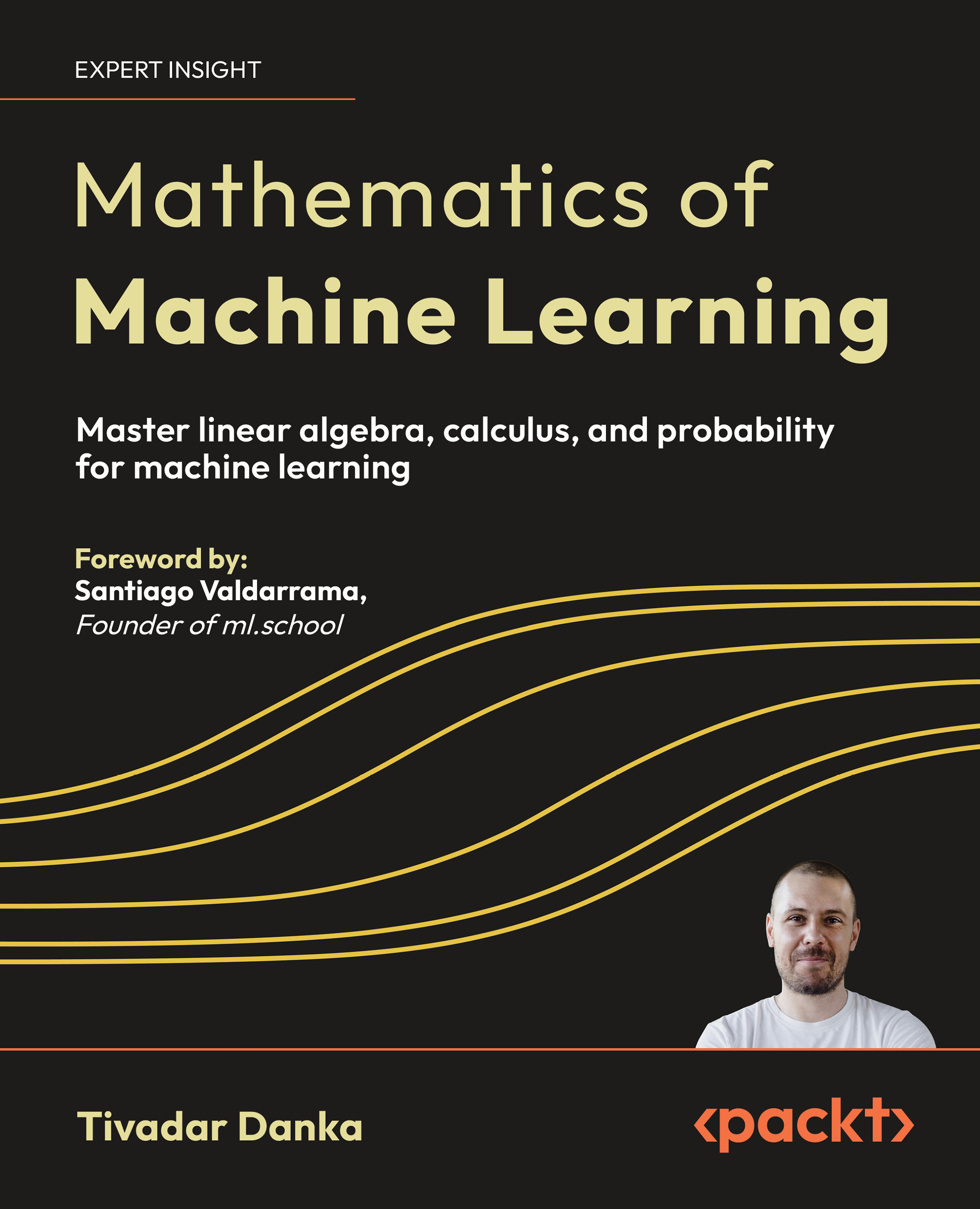Earlier this month, some students of Robotics Institute Carnegie Mellon University published a paper proposing a learning approach called competitive reinforcement learning using visual transfer. This method, with the help of asynchronous advantage actor critic (A3C) architecture, generalizes a target game using an agent trained on a source game in Atari.
What is A3C architecture?
The A3C architecture is an asynchronous variant of the actor-critic model, in which the actor takes in the current environment state and determines the best action to take from there. It consists of four convolutional layers, an LSTM layer, and two fully connected layers to predict actions and value functions of the states.
In this architecture, multiple worker agents are trained in parallel, each with their own copy of the model and environment. Advantage here refers to a metric that is set to judge how good the agents' actions were.
What is the aim of competitive reinforcement learning?
The learning approach introduced in this paper aims to use a reinforcement agent to generalize between two related but vastly different Atari games like Pong-v0 and Breakout-v0. This is done by learning visual mappers: given a frame from the source game, we should be able to generate the analogous frame in the target game.
In both these games, a paddle is controlled to hit a ball to obtain a certain objective. Using this method the six actions of Pong-v0 {No Operation, Fire, Right, Left, Right Fire, Left Fire} are mapped to the four actions of Breakout-v0 as {Fire, Fire, Right, Left, Right, Left} respectively. The rewards are mapped directly from source game to target game without any scaling. The source and target environment they experimented on was OpenAI gym.
They found underlying similarities between the source and the target game to represent common knowledge using Unsupervised Image-to-image Translation (UNIT) Generative adversarial networks (GANs). The target game competes with its visual representation obtained after using the UNIT GAN as a visual mapper between the source and target game.
How competitive reinforcement learning works?
The following diagram depicts how knowledge is transferred from source game to target game by competitively and simultaneously fine-tuning the model using two different visual representations of the target game:

Source: arXiv
- First stage: The baseline A3C network is trained for source game (Pong-v0) in the first stage of the training process. The knowledge learned is then transferred from this model to learning to play target game (Breakout-v0). The efficiency of transfer learning method in terms of training time and data efficiency across parallel actor-learners is measured.
- Second stage: In this stage of the training process, two representations of the target game are used amongst the workers in parallel. The first representation of transfer process uses the target game frames taken directly from the environment. The second representation of transfer process uses the frames learned from the visual mapper (visual analogies between games). The ratio of number of workers that train directly on frames queried from the target game and frames mapped from the source game is a hyperparameter that is determined through experimentation.
Unlock access to the largest independent learning library in Tech for FREE!
Get unlimited access to 7500+ expert-authored eBooks and video courses covering every tech area you can think of.
Renews at $19.99/month. Cancel anytime
Results
- They concluded that it is possible to generate a visual mapper for semantically similar games with the use of UNIT GANs.
- Learning from two different representations of the same game and using them simultaneously for transfer learning stabilizes the learning curve.
- Although the workers using representations of the target game obtained from the visual mappers did not perform well in a stand alone setting, they showed improvements when used for the competitive learning.
To read more about this learning approach and its efficiency, check out this research paper published by Akshita Mittel, Purna Sowmya Munukutla, and Himanshi Yadav: Visual Transfer between Atari Games using Competitive Reinforcement Learning.
“Deep meta reinforcement learning will be the future of AI where we will be so close to achieving artificial general intelligence (AGI)”, Sudharsan Ravichandiran
This self-driving car can drive in its imagination using deep reinforcement learning
Dopamine: A Tensorflow-based framework for flexible and reproducible Reinforcement Learning research by Google
 United States
United States
 Great Britain
Great Britain
 India
India
 Germany
Germany
 France
France
 Canada
Canada
 Russia
Russia
 Spain
Spain
 Brazil
Brazil
 Australia
Australia
 Singapore
Singapore
 Canary Islands
Canary Islands
 Hungary
Hungary
 Ukraine
Ukraine
 Luxembourg
Luxembourg
 Estonia
Estonia
 Lithuania
Lithuania
 South Korea
South Korea
 Turkey
Turkey
 Switzerland
Switzerland
 Colombia
Colombia
 Taiwan
Taiwan
 Chile
Chile
 Norway
Norway
 Ecuador
Ecuador
 Indonesia
Indonesia
 New Zealand
New Zealand
 Cyprus
Cyprus
 Denmark
Denmark
 Finland
Finland
 Poland
Poland
 Malta
Malta
 Czechia
Czechia
 Austria
Austria
 Sweden
Sweden
 Italy
Italy
 Egypt
Egypt
 Belgium
Belgium
 Portugal
Portugal
 Slovenia
Slovenia
 Ireland
Ireland
 Romania
Romania
 Greece
Greece
 Argentina
Argentina
 Netherlands
Netherlands
 Bulgaria
Bulgaria
 Latvia
Latvia
 South Africa
South Africa
 Malaysia
Malaysia
 Japan
Japan
 Slovakia
Slovakia
 Philippines
Philippines
 Mexico
Mexico
 Thailand
Thailand















